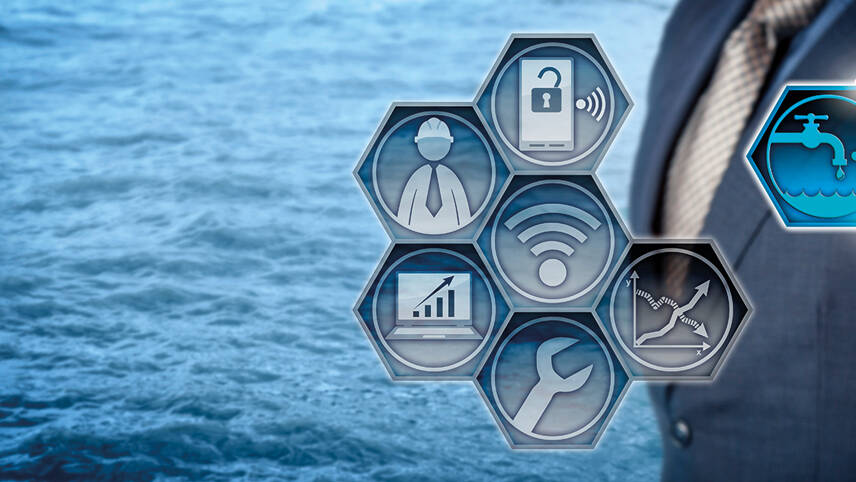This is the Sponsored paywall logged out

Our recent webinar with Arqiva explained what water companies will need to do as they adopt smart meters en masse in AMP8. Here are some of the highlights.
Did you know there is an ambitious national target for reducing water usage?
The aim is to reduce the use of public water supply in England per person by 20% by 2038 (that’s in comparison to 2020 levels).
Smart water meter programmes will be critical to achieving this goal. Smart water meters encourage water conservation, provide accurate readings of water consumption, and can help reduce wastage of water by detecting abnormal patterns.
Widespread use of smart meters looks set to arrive in the sector from 2025 as companies prioritise around-the-clock meter readings and the data they provide. Ofwat, following guidance from government, has told water companies that smart metering should be core to their plans in the coming decades.
In fact, helping everyone use less water is central to water resource management plans. The water sector now shares a common goal of offsetting the future water deficit of 4,000 megalitres/day, which has been forecast by 2050.
But the path to smart water metering success is not without its challenges. Our webinar with Arqiva explored what’s needed for a successful roll-out with examples from Anglian Water and Thames Water.
Here’s some of the key things we learnt.
- Smart meters enable a massive pick-up in spotting customer leaks and continuous flows. Anglian Water saw a massive spike in leakage data thanks to its smart water meter programme. That means it’s important not to overwhelm leakage maintenance teams. “If you start throwing those kind of leakage numbers at your team without any change, any warning, or any help, you’re probably going to upset them, and your leakage budgets,” explains Doug Spencer, head of smart metering at Anglian.
- The pandemic illustrated the importance of a robust supply chain for electronics and other components for smart meters. The supply chain was hit with shortages of microprocessors during Covid. “Even at the most difficult points, we delivered 350,000 devices,” points out John Lillistone, director of market development at technology company Arqiva. “But we have diversified with new partners so our capacity now meets the aggregated needs of the UK market.”
- The water industry should be sharing data and best practice on smart metering. The industry needs to come together to “agree a list of shared data attributes”, explains Oluseyi Onifade, strategic programme manager, UK Water Industry Research. “The advantage of that is that it enables national research into the impact of water smart metering.”
- Having a lot of existing meters – and meters external to properties – gives water companies an edge when it comes to implementing smart meter programmes. Anglian Water had existing water meter penetration of more than 90%, 89% of which were not within households, explains Doug Spencer. This was crucial in enabling the company to lead with its smart water metering roll-out.
- The National Water Target in England is like Thames Water taking a million customers off the books, illustrating the scale of the challenge ahead. “With population growth and new housing, the smart meter is the absolute enabler of getting demand down, whether it’s in terms of leakage, usage, engagement, or behavioural change – the lot,” says Andrew Tucker, demand reduction manager at Thames Water.
Want more? There’s loads of extra insights from our panel in the webinar itself. Click here to watch on demand.

Please login or Register to leave a comment.